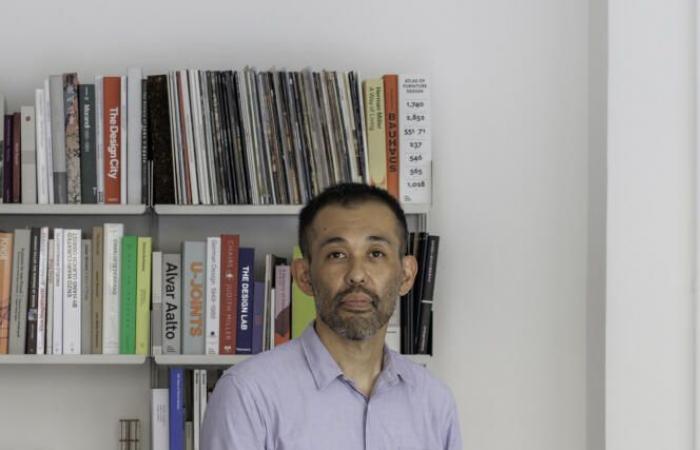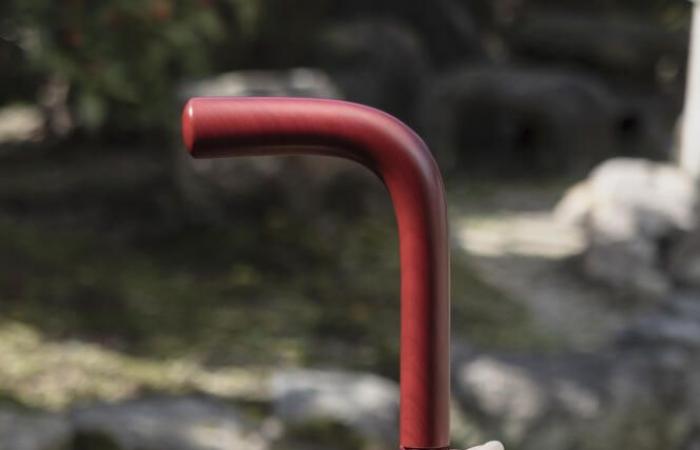Keiji Takeuchi, 47, opened his studio in Milan in 2015, after seven years working with designer Naoto Fukasawa in Tokyo. Raised in New Zealand, this graduate of the National School of Industrial Creation in Paris, collaborates with several international brands, from Boffi to Ligne Roset, including Alessi and Herman Miller. At the initiative of the exhibition “Walking Sticks and Canes”, presented at the Milan Triennale in the spring, during Design Week, he explains his approach to us.
For your first exhibition as a curator, you chose the subject of canes. For what ?
For me, the ideal role of design is to improve the daily lives of our contemporaries. I love designing furniture, but I challenged myself to explore a more inclusive field. The image of the cane came to me, because we all have memories of grandparents leaning on those walking sticks. It’s a reminiscence of the childhood that we share, even though the object itself is not necessarily well designed. Improving the quality of canes could therefore enrich our shared life experiences. I invited designers that I admire to take part in the exercise, such as the British Jasper Morrison, the French Pierre Charpin or the Dane Anker Bak. I hope that this exhibition will send a message and encourage younger generations to further study inclusive design, which aims to improve the quality of life for everyone.


Exactly, what did you want to improve with your Up cane model?
I imagined Up after seeing elderly people sitting on public benches or low chairs struggling to get up with their canes. There are already models that have a secondary horizontal bar in the middle for people to grab, but given how depressing they look, I felt like no one would be happy owning such an item. I then looked for another way to bring together the functional and the desirable. I looped cords into the vertical shaft of the cane, so as to provide a generous grip to hold on to. This tool, without seeming too technical or medical, allows you to stand up with dignity.
What would you like to have left of this exhibition?
Initially, I wanted to eliminate the stigma associated with the use of canes. Although many poles are offered for sale and recommended from a medical point of view, they do not naturally make you want to go for a walk, as happy walking companions would. Elderly or diminished people who wield them receive a look of pity, even though the cane was once a symbol of power, wealth and even a fashion accessory. The cane is a stigmatizing and yet universal object, which has unlimited potential, but which is still little studied. The exhibition, presented in Tokyo from October 12 to 27, then in the United States, will, I hope, tour the world. A publication will also be launched, Walking Sticksat Lars Müller Publishers, October 18, in Tokyo.








